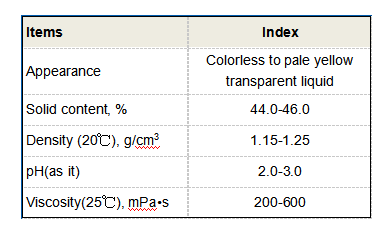poly aluminium chloride for water treatment
Poly Aluminium Chloride for Water Treatment
Poly Aluminium Chloride (PAC) is a versatile chemical widely used in water treatment processes. Its effective coagulation properties make it a preferred choice for both municipal and industrial water treatment facilities. As the demand for clean and safe drinking water continues to rise globally, understanding the role of PAC in water purification becomes increasingly important.
PAC is a coagulant that works through the process of agglomeration. It is created by the hydrolysis of aluminium chloride in the presence of alkali. This results in a polymeric form of aluminium, which enhances its ability to remove suspended solids, colloidal particles, and various impurities from water. The mechanism of action involves the neutralization of charges on particles, leading them to bond together and form larger aggregates, or flocs, which can then be easily removed through sedimentation or filtration.
One of the notable advantages of PAC is its efficiency over traditional coagulants such as aluminum sulfate. PAC operates effectively over a wider pH range, making it suitable for treating various types of water, including raw water, wastewater, and surface water. Additionally, it generally requires lower dosages to achieve the same level of coagulation, which not only reduces chemical costs but also minimizes the generation of sludge, resulting in easier disposal and lower operational costs.
poly aluminium chloride for water treatment

The use of PAC in water treatment can also enhance the removal of color and organic matter, contributing to clearer and cleaner water. This is particularly beneficial in areas where industrial activities lead to water pollution. By ensuring efficient coagulation and flocculation, PAC helps improve water quality, making it safer for human consumption and environmental discharge.
In terms of application, PAC can be used in various stages of water treatment systems. It is commonly employed in the initial coagulation step to facilitate the removal of large particles. Furthermore, it can be utilized in advanced processes such as membrane filtration, where the sedimentation of flocs improves membrane performance and lifespan.
While the benefits of PAC are clear, it is essential to consider the dosage and application methods carefully. Overdosage can lead to residual aluminium in treated water, which may pose health risks. Therefore, water treatment plants must conduct regular monitoring and testing to ensure safety standards are met.
In conclusion, Poly Aluminium Chloride is a critical component in modern water treatment practices. Its efficiency, cost-effectiveness, and versatility make it an invaluable chemical in the quest for clean and safe water. As water challenges continue to evolve, the role of PAC in addressing these issues will likely become even more significant, ensuring that communities have access to potable water while protecting the environment.
-
Pbtc Scale InhibitorPBTC: A Scale Protector for Industrial Water TreatmentNewsAug.05,2025
-
Organic Phosphonate: An Efficient Defender in the Field of Scale InhibitionNewsAug.05,2025
-
Hydrolyzed Polymaleic Anhydride: Green Pioneer in Scale Inhibition FieldNewsAug.05,2025
-
PAPEMP Polyamino Polyether Methylene Phosphonic Acid For SaleNewsAug.05,2025
-
Flocculant Water Treatment: A Pioneer in Purification in the Field of Water TreatmentNewsAug.05,2025
-
Benzyl Isothiazolinone: An Efficient and Broad-Spectrum Antibacterial Protective GuardNewsAug.05,2025





